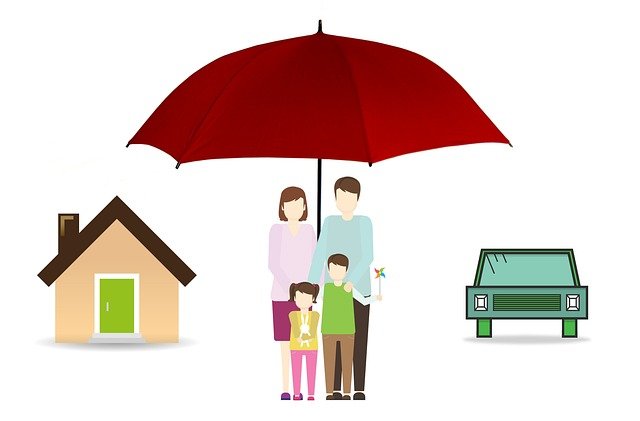The Ultimate Guide to Reducing Your Homeowners Insurance Bill
Homeowners insurance is a crucial safeguard for your most valuable asset, but it doesn't have to break the bank. This comprehensive guide will walk you through effective strategies to lower your homeowners insurance costs without sacrificing essential coverage. From simple home improvements to smart policy adjustments, we'll explore various ways to keep your home protected while reducing your insurance premiums.

How does homeowners insurance pricing work?
Homeowners insurance premiums are calculated based on various factors, including your home’s location, age, construction type, and replacement cost. Insurance companies also consider your claims history, credit score, and the level of coverage you choose. Understanding these elements can help you identify areas where you can potentially reduce your costs.
What home improvements can lower insurance costs?
Making strategic improvements to your home can significantly reduce your insurance premiums. Installing a security system, smoke detectors, and deadbolt locks can make your home safer and less risky to insure. Upgrading your roof, electrical system, or plumbing can also lead to lower rates. Additionally, weather-proofing measures like storm shutters or impact-resistant windows may qualify you for discounts, especially in areas prone to natural disasters.
How can you optimize your policy coverage?
Reviewing and adjusting your policy coverage is an effective way to reduce your homeowners insurance bill. Consider increasing your deductible, as a higher deductible typically results in lower premiums. However, ensure you can afford the higher out-of-pocket cost in case of a claim. Evaluate your coverage limits and remove unnecessary add-ons. For example, if you no longer have expensive jewelry or electronics, you may not need extra personal property coverage.
Are there discounts you might be missing?
Insurance companies offer various discounts that many homeowners overlook. Common discounts include multi-policy bundles (combining home and auto insurance), claim-free discounts for those who haven’t filed a claim in several years, and loyalty discounts for long-term customers. Some insurers also offer discounts for retirees, non-smokers, or those with good credit scores. Be sure to ask your insurance agent about all available discounts to maximize your savings.
What unique factors affect homeowners insurance in the USA?
In the United States, homeowners insurance rates can vary significantly based on location-specific risks. Coastal areas may face higher premiums due to hurricane and flood risks, while regions prone to wildfires or earthquakes may also see increased rates. Some states have specific insurance regulations that can affect pricing. For example, Florida has stringent building codes to mitigate hurricane damage, which can impact insurance costs. Understanding these regional factors can help you make informed decisions about coverage and potential cost-saving measures.
How do different insurance providers compare in terms of rates and coverage?
| Provider | Average Annual Premium | Key Features | Discounts Offered |
|---|---|---|---|
| State Farm | $1,519 | Extensive coverage options, strong financial stability | Multi-policy, home alert systems, impact-resistant roofing |
| Allstate | $1,631 | Customizable policies, claim rateguard | Welcome discount, claim-free discount, responsible payment |
| USAA | $1,225 | Excellent customer service, competitive rates (military members only) | Multi-policy, claims-free, protective devices |
| Liberty Mutual | $1,812 | Inflation protection, customizable coverage | Multi-policy, claims-free, newly purchased home |
| Farmers | $1,713 | Declining deductibles, claim forgiveness | Multi-policy, protective devices, non-smoker |
Prices, rates, or cost estimates mentioned in this article are based on the latest available information but may change over time. Independent research is advised before making financial decisions.
Comparing insurance providers can lead to significant savings on your homeowners insurance. The table above showcases some of the major providers in the United States, along with their average annual premiums and key features. Remember that these are national averages, and your actual rates may vary based on your specific circumstances and location. It’s essential to get quotes from multiple providers and compare not just the price, but also the coverage options and customer service reputation.
When shopping for homeowners insurance, consider factors beyond just the premium. Look at the company’s financial stability, customer satisfaction ratings, and claims process. Some insurers may offer lower rates but have a reputation for difficult claims experiences. Balance cost savings with the quality of coverage and service you’ll receive.
By implementing the strategies outlined in this guide, from making home improvements to shopping around for the best rates, you can effectively reduce your homeowners insurance bill while maintaining adequate protection for your home. Remember to review your policy annually and adjust your coverage as your needs change to ensure you’re always getting the best value for your insurance dollars.




